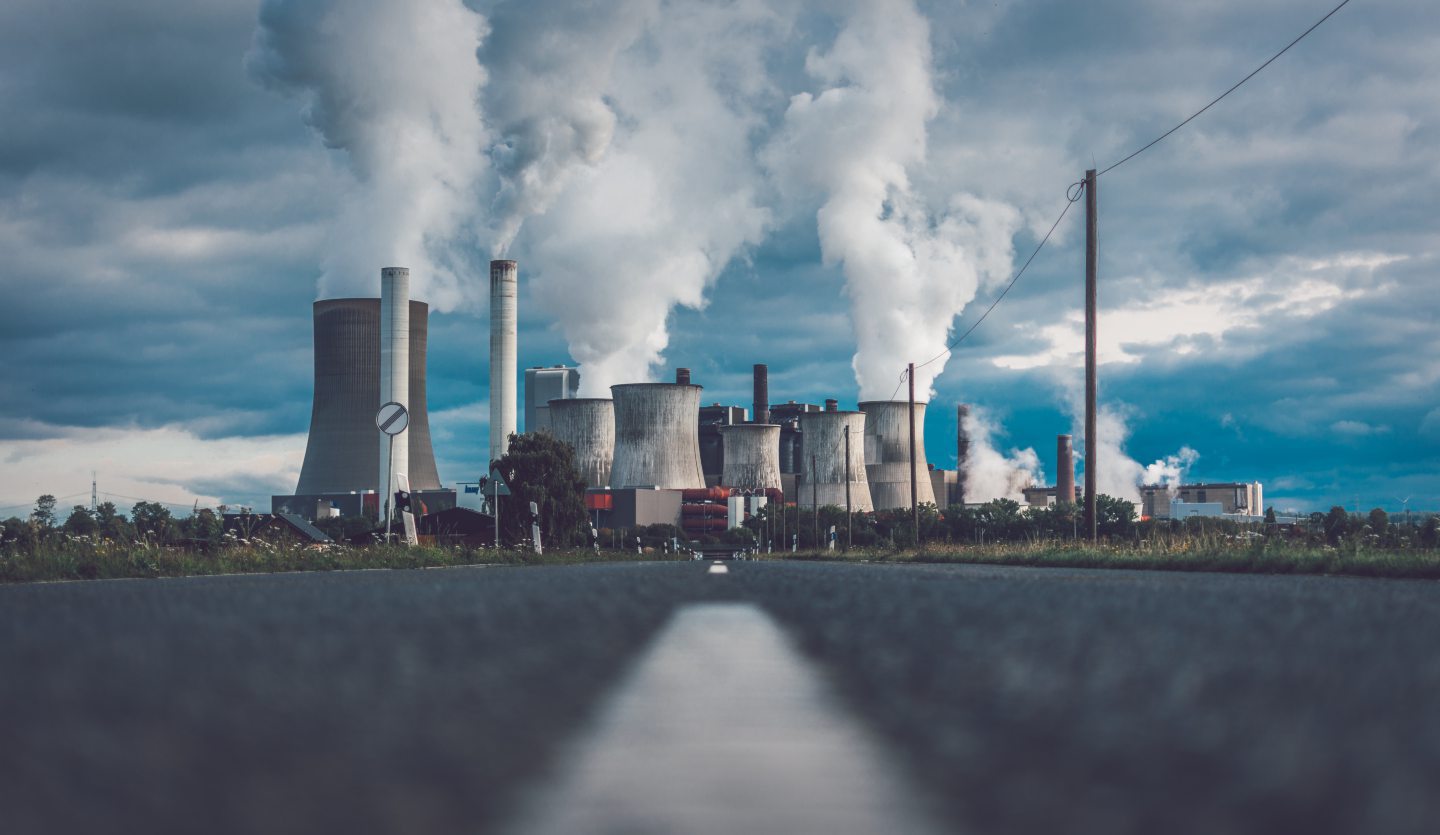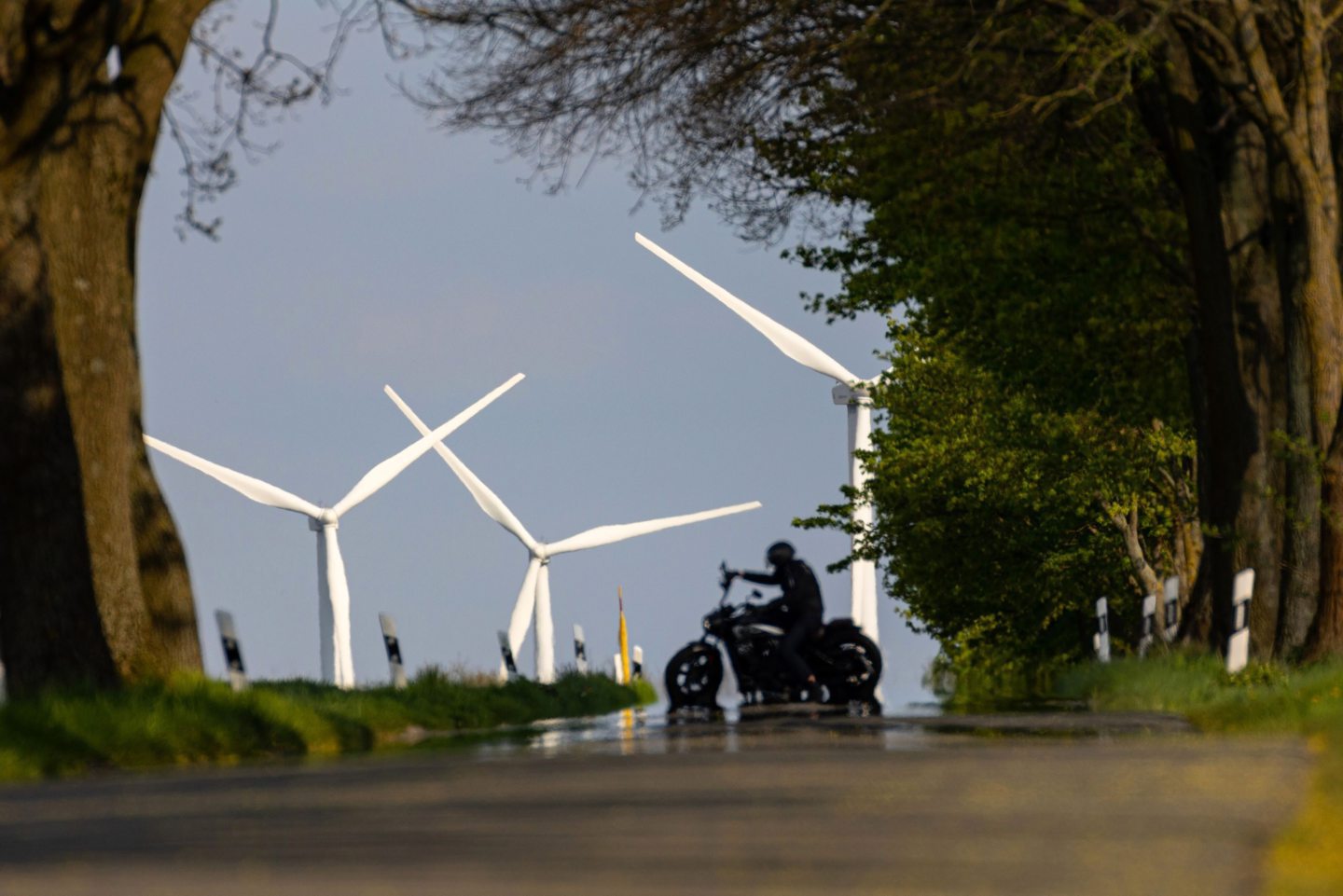
The European Union issued its most ambitious climate roadmap just as the bloc is facing severe headwinds from angry farmers and an ailing industrial base increasingly alarmed about the high costs of a rapid green transition.
EU Climate Commissioner Wopke Hoekstra pitched to the bloc Tuesday a 90% net emissions reduction by 2040 as the best way to achieve its Green Deal goal of reaching climate neutrality by 2050. The recommendation kicks off a political debate across the continent, marking the first step toward rules for the next decade that will require more sustainable consumer lifestyles and restrictions on businesses and agriculture.
“Tackling the climate crisis is a marathon, not a sprint,” Hoekstra told lawmakers in the European Parliament in Strasbourg, France. “2040 seems far away, but the sooner we start planning, the sooner we start working toward it, the better equipped we are to continue and ultimately finish the race.”
The announcement — which comes after dramatic protests by farmers in France and Belgium in recent days — entails significant political risks for the bloc and for European Commission President Ursula von der Leyen as well. The EU is four months away from bloc-wide elections for the parliament, while the head of the EU’s executive arm is expected to launch her bid for a second term as president in the coming weeks.
The farmer protests and concerns over a backlash from voters have already led to a softer tone of the climate roadmap than originally considered, according to people familiar with the matter. Still, in heated talks over past days the 90% target remained untouched.
The new emissions goal, which would deepen cuts by 2 percentage points compared with the current pathway, could give ammunition to less climate-friendly parties at a time when voters are confronting new regulations and rising costs of the clean transition.
“I fear the whole 2040 debate will stir controversy around climate action that may be counterproductive,” said Peter Vis, a senior adviser at Rud Pedersen Public Affairs in Brussels and a former senior EU climate official. “The commission appears tone-deaf to rising concerns about the affordability of the Green Deal. That isn’t going to make people love the EU more.”
The new goal will entail a broader phase-out of fossil fuels, rapid electrification of road transport and heating sectors, a strengthened industrial policy with funding mechanisms and a plan to attract private capital. It will also be expensive, with the EU estimating needed to invest some €1.5 trillion ($1.6 trillion) every year in the 2031 to 2040 period, according to a draft seen earlier by Bloomberg.
The agricultural sector will increasingly be a key focus. It’s projected to be the biggest emitter by 2040 unless the EU takes action.
The farmer protests and concerns over a backlash from voters have already led to a softer tone of the climate roadmap than originally considered, according to peope familiar with the matter. Still, in heated talks over past days the 90% target remained untouched.
The challenge for the policymakers will be to ensure farmers and other voters are on board for the transition. The roadmap to be published on Tuesday offers scant details on how to ensure their support. It is less detailed than a full legislative proposal, which will only be put forward after a new commission takes office after the European elections scheduled for June.
In the meanwhile, farmers contesting rising costs of production and plans to cut subsidies have already taken to the streets, blocking highways and disrupting traffic across Europe. Some 1,300 tractors clogged Brussels last week, targeting a summit of EU leaders to manifest their concerns over an increasing regulatory burden and unfair competition from abroad. Farmers in France held days of disruptive protests until the government offered concessions.
“We already have a binding target for 2050 and now we need to be extremely careful to avoid throwing the baby out with the bathwater and triggering a greenlash from voters over the 2040 goal,” said Joanna Pandera, president of the Forum Energii think tank in Warsaw. “Climate policies are about to affect a range of new sectors and the next two years will be of key importance for the credibility of EU green overhaul.”
National governments and EU policy makers are also coming under pressure from energy-intensive industries worried that high energy prices at home and subsidies handed out abroad will undermine the transition in Europe.
To ensure support for the ambitious 90% target, the EU would have to put more effort into addressing international cooperation on climate, improving clean investment conditions for the industry and offering incentives for farmers and better targeted support for the most vulnerable, according to Peter Liese, an EU parliament member from the European People’s Party, the largest political group in the assembly.
“We need to have the right conditions,” said Liese, who’s the EPP lead lawmaker on environmental issues. “It’s easy to set a figure but it’s more ambitious to make the transition happen for the industry and for citizens.”
Europe’s ambition to lead the green shift is coming up against US President Joe Biden’s landmark climate package and intense competition from China in low-carbon technologies and critical materials. The bloc is still grappling with the effects of an energy crisis triggered by a cut in natural gas supplies from Russia following its invasion of Ukraine.
The building blocks for the 2040 goal include further growth of renewables, energy savings and accelerated use of technologies such as carbon capture and storage. A key new component will be carbon removals, including technologies such as direct air capture or carbon sequestration by farmers and foresters.
“It’s very important that we look at this target not only as a duty in terms of climate policies, but also something deeply in our economic and geopolitical interest,” said Pascal Canfin, a French Liberal lawmaker who chairs the environment committee in the European Parliament. “It’s a sovereignty agenda to be less dependent on fossil fuels.”
For Vis, who was the head of cabinet of the EU first climate commissioner in 2010 to 2014, more focus is now needed on delivering the bloc’s current aim of reducing greenhouse gases by at least 55% from 1990 levels by the end of this decade. By the commission’s own assessment, current measures by member states are lagging behind the goal, which was written into law in 2021. A package a of measures to sync EU policies with the objective was finalized only last year.
“The more immediate question is whether the EU will meet the targets it has set itself for 2030,“ Vis said. “Failing to keep those will look very bad when urging the rest of the world to do more.”
 © SYSTEM
© SYSTEM © Shutterstock / Markue
© Shutterstock / Markue © Bloomberg
© Bloomberg © Supplied by Eneco
© Supplied by Eneco